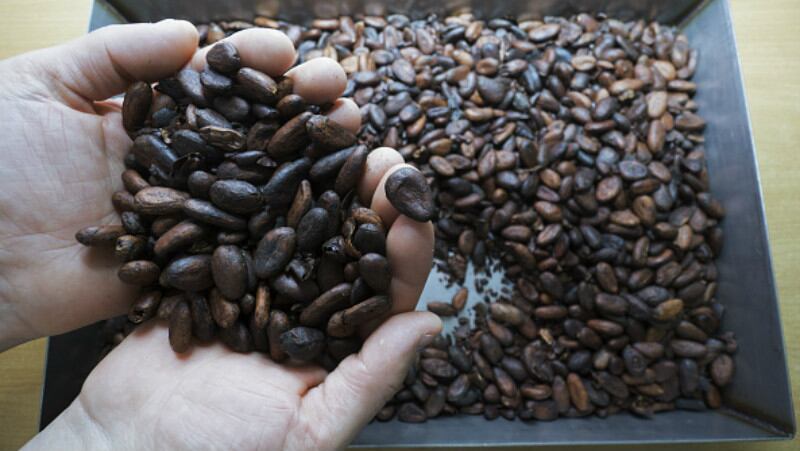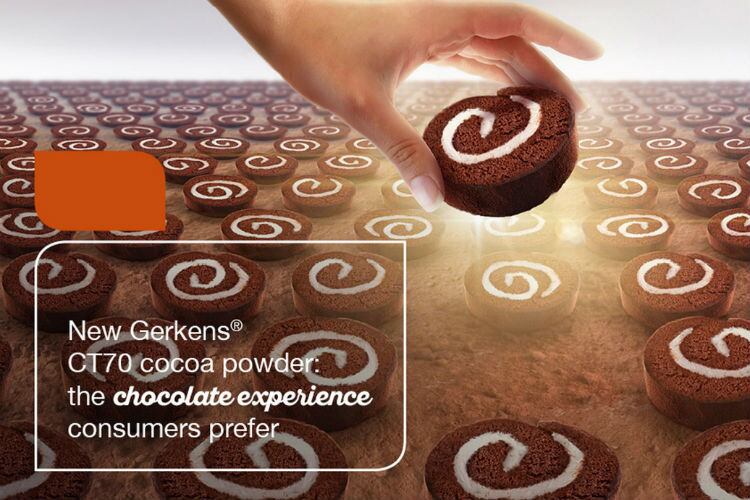The company operates cocoa plantations in Indonesia, Brazil, Cameroon, Côte d’Ivoire and Ghana.
According to the 2017/2018 Cargill Cocoa & Chocolate Sustainability Report over half of all Cargill’s Indonesian farmers had already switched to digital payment systems for financial transparency.
“Digital payment systems allow for secure and transparent movement of funds. They also provide farmers with almost immediate access to funds, so they can reinvest in their operations, households and communities,” Cargill APAC Cocoa & Chocolate Managing Director Niels Boetje told FoodNavigator-Asia.
“In Indonesia, 55% of all farmers now receive premium payments through direct bank transfer.
“We are also developing additional digital tools to facilitate farmer access to market information, best practices and their own historical activity, [including] piloting a farmer app that builds upon our existing digital traceability capabilities in Indonesia.”
In terms of physical transparency, the firm is hoping to implement its ‘first-mile’ traceability technology and digital Coop Management System (CMS) in Indonesia. These have already been used to attain 100% cocoa bean traceability from farm-to-factory in Ghana.
“[Using this system], cocoa bags get a traceability/barcode component from farm to cooperative level. Simply scanning the barcode tells the coop what cocoa field the beans come from. Today 38% of cooperatives in the our direct supply chain already have this ‘first mile’ traceability,” said Boetje.
“Given similar smallholder models, this is encouraging as we look to replicate this in Indonesia.”
Additionally, Cargill implemented the use of GPS polygon maps technology to evaluate habitat types, assess boundaries of farms against protected forests, and monitor tree cover loss across five of its cocoa origin countries.
“This included more than 110,000 farmers and 188,065 hectares of forest [and aimed to establish] a baseline identifying the cocoa origin, which are high-deforestation risk areas, where there is possible encroachment on protected lands and how to mitigate these risk through specific interventions,” added Boetje.
“We need both tools, the GPS mapping and CMS, to inform how Cargill designs and deploys its sustainability programs, [to in turn help] deliver on consumer demands for ethically sourced products.”
Responding to queries on when a similar programme would be launched in Indonesia, he said that this was ‘in progress’.
“This year, GPS polygon mapping will be completed on 100% of farms in Indonesia and a pilot for the farmer app will soon be launched.”
That said, he admitted that what may have worked in other countries may not work wholesale here in Indonesia, as ‘no two communities are the same’.
“In Indonesia, [most] cocoa producers are smallholders, whose fields measure less than two hectares on average. They often lack access to digital, financial and technical resources, which can affect their yields and prosperity, and also face high costs in bringing their products to the market,” he added.
“Understanding these nuances, we are tailoring our approach to the smallholder farmers and local traders with whom we partner.”
Boetje declined to reveal specific figures with regard to the overall cost of implementing all this advanced technology, saying that this was a ‘long term financial investment’ for the company, which it was committed to as it would enable them to ‘deliver on Asia’s growing demand’.
Technology for sustainability
Cargill has also been using the GPS polygon mapping technology to ensure sustainability in its cocoa plantations.
When farm data collected is input into the company’s GeoInformation System (GIS) software, more granular details can be found e.g. protected area boundaries, tree cover loss, intact forest landscape and so on.
“[This helps to identify] which areas may be at risk of deforestation and how to mitigate this risk through specific interventions,” said the report.
“As the quality of data improves, it increases consumers’ confidence, and demand for sustainable cocoa goes up, too.”



